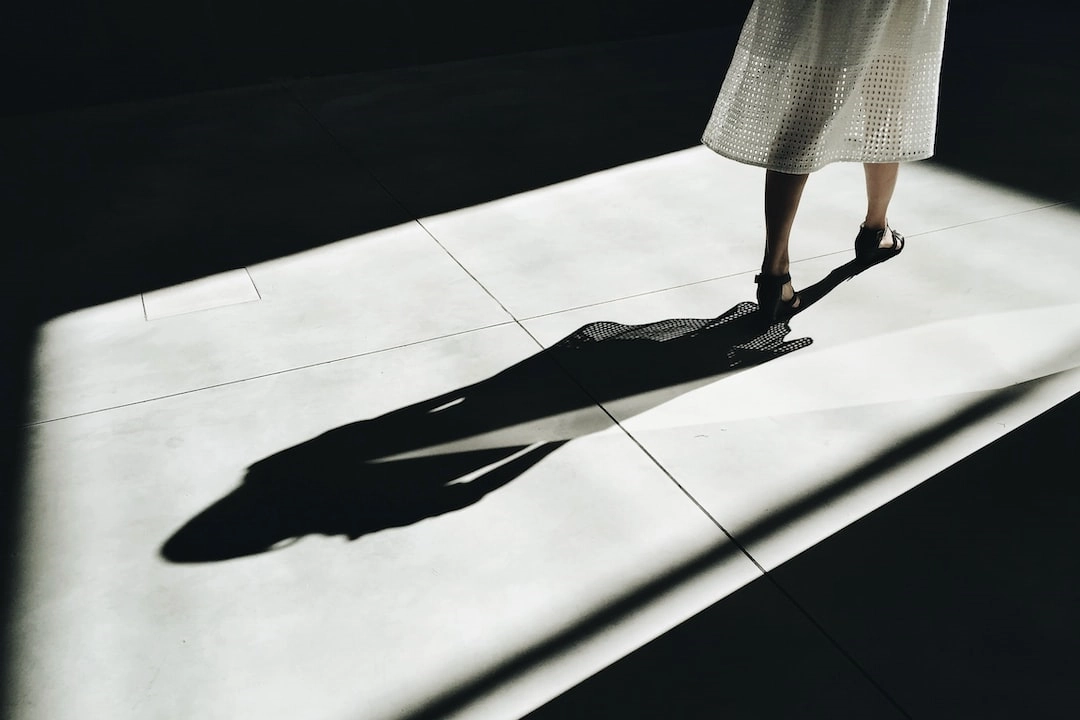
What is Sustainable Supply Chains in the Fashion Industry?
Sustainable supply chains in the fashion industry involve the implementation of ethical practices and principles throughout the production and distribution processes. It focuses on minimizing the negative environmental and social impacts associated with fashion manufacturing and consumption. This includes reducing carbon emissions, promoting fair labor practices, using sustainable materials, and addressing waste management.
Real-World Problems Associated with Sustainable Supply Chains in the Fashion Industry
1. Sweatshop Labor: One of the major challenges in the fashion industry is the prevalence of sweatshop labor. Many garments are produced under exploitative conditions, with workers facing low wages, long working hours, and unsafe working environments. Achieving ethical supply chains requires fair wages, safe working conditions, and the protection of workers’ rights.
2. Fast Fashion and Overconsumption: The fast fashion model has led to excessive consumption and disposal of clothing. This results in high levels of textile waste, pollution from production processes, and unethical labor practices to meet the demand for cheap and rapidly produced clothes. A shift towards sustainable supply chains encourages conscious consumption, promoting quality over quantity and the recycling or upcycling of garments.
3. Supply Chain Transparency: Lack of supply chain transparency makes it challenging for consumers to make informed choices. Many fashion brands outsource their production to multiple suppliers, making it difficult to trace the origins of materials and manufacturing processes. Transparency is essential for identifying and addressing social and environmental issues within the supply chain.
4. Chemical Use and Pollution: The fashion industry heavily relies on the use of chemicals in textile production, such as dyes and finishing agents. Improper handling and disposal of these chemicals can lead to water pollution, soil contamination, and negative health impacts on workers and surrounding communities. The adoption of sustainable supply chains aims to minimize chemical use and ensure proper waste management.
5. Raw Material Sourcing: The fashion industry is dependent on various raw materials, including cotton, polyester, and leather. Unsustainable sourcing practices have led to deforestation, water scarcity, soil degradation, and the depletion of natural resources. Sustainable supply chains prioritize the use of organic and recycled materials, as well as responsible sourcing practices that protect ecosystems and biodiversity.
6. Lack of Collaboration and Industry-wide Standards: The fashion industry comprises numerous brands and stakeholders, making it challenging to implement unified sustainability standards across the board. There is a need for collaboration among fashion brands, suppliers, governments, and consumers to establish and enforce industry-wide sustainability measures.
Addressing these real-world problems requires a collective effort from stakeholders involved in the fashion industry. By promoting sustainable supply chains, the fashion industry can move towards a more ethical and environmentally responsible future.

Solutions for Sustainable Supply Chains in the Fashion Industry
Addressing the real-world problems associated with sustainable supply chains in the fashion industry requires proactive measures and collaboration among stakeholders. Here are some solutions to create a more ethical and sustainable fashion industry:
1. Ensuring Ethical Labor Practices
– Establishing fair wages and working conditions for garment workers
– Expanding worker empowerment and protection programs
– Conducting regular audits and certifications to ensure compliance
2. Promoting Conscious Consumption
– Educating consumers about the environmental and social impacts of fast fashion
– Encouraging mindful purchasing decisions and extending the lifespan of garments
– Promoting secondhand shopping, swapping, and rental services
3. Enhancing Supply Chain Transparency
– Implementing traceability systems to track the origin of materials and production processes
– Encouraging brands to disclose information about their supply chain practices
– Supporting third-party certifications and independent audits for transparency verification
4. Adopting Sustainable Materials and Production Techniques
– Increasing the use of organic and recycled materials in clothing production
– Investing in research and development of sustainable fabric alternatives
– Implementing water-efficient and chemical-free manufacturing processes
5. Implementing Responsible Raw Material Sourcing
– Supporting responsible forest management to combat deforestation for materials like viscose and leather
– Encouraging sustainable agricultural practices for cotton production
– Seeking alternative sources for materials to reduce dependence on limited resources
6. Collaboration and Industry-wide Standards
– Encouraging partnerships and knowledge sharing among fashion brands and suppliers
– Advocating for the development and implementation of industry-wide sustainability standards
– Engaging with governments, NGOs, and industry associations to push for regulatory changes
By implementing these solutions, the fashion industry can move towards sustainable supply chains, promoting ethical practices, reducing environmental impact, and safeguarding the well-being of workers and communities involved in the production process.















